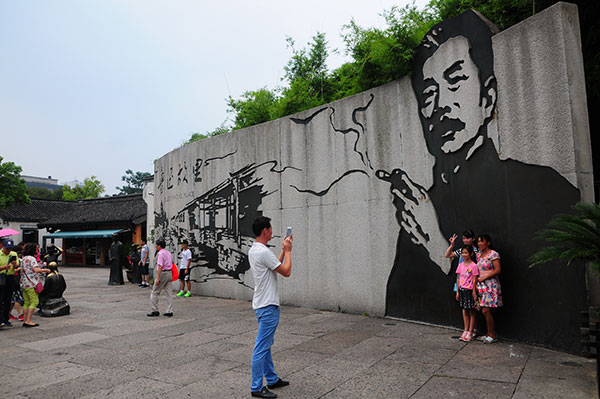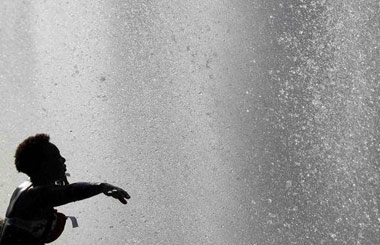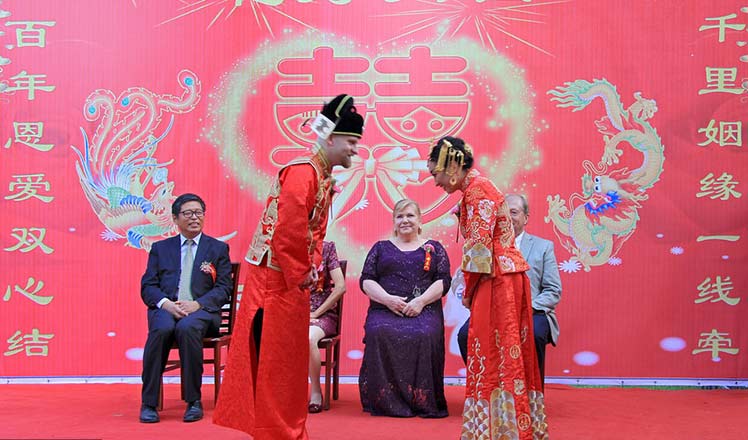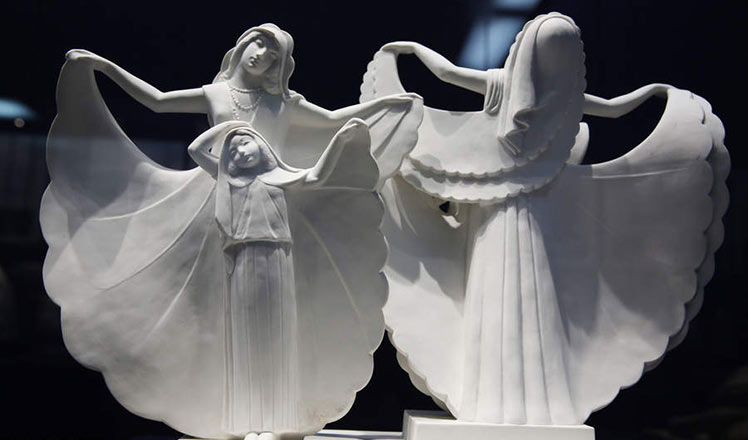Where his story started
Updated: 2016-09-19 08:06
By Xing Yi(China Daily)
|
||||||||
 |
|
Lu Xun's Old Abode, the childhood residence of Chinese literary pioneer Lu Xun in Shaoxing, Zhejiang province, is a hot spot for Chinese tourists, especially parents who bring their children to inspire them.[Photo by Xing Yi/China Daily] |
Lu Xun's legacy lives on in his hometown, Xing Yi discovers.
It was an overgrown lot. But it was also so much more.
Today, it's an immortal icon.
That's because it was integral to the early life of the late writer, Lu Xun, who's celebrated as China's foremost literary luminary in the early 20th century.
"There was a large garden in the rear of my house, and people call it the (Bai Cao) Hundred-Grass Garden ... Indeed, only some wild grass grew in it, but at that time it was my paradise."
So goes the opening prose of his essay From Bai Cao Garden to San Wei Study.
Chinese students today are required to recite this article about the writer's childhood in Zhejiang province's Shaoxing.
I recently visited the literary pioneer's childhood residence to see for myself the places I'd read about.
I made the 10-minute drive from the Crowne Plaza Shaoxing in the new development zone to the historical and historic part of town that hosts Lu Xun's old abode.
People endured extreme heat and humidity to stand in line to pose in front of a huge portrait of the man of letters painted at the entrance. It indeed depicts him in all his scruffy-haired, mustachioed, square-jawed glory, a cigarette clenched between his fingers.
- Merkel faces setback in Berlin vote due to migrant fears
- Anti-TTIP protesters take to streets in Germany
- Death toll of Friday's suicide blast in NW Pakistan rises to 36
- In photos: Explosion rocks Chelsea in New York City
- UN General Assembly kicks off 71st session
- Britain records warmest September day since 1911

 China launches second space lab into orbit
China launches second space lab into orbit
 Riding on smart cycles in Nanjing city
Riding on smart cycles in Nanjing city
 Britain records warmest September day since 1911
Britain records warmest September day since 1911
 Island retreats you may not want to miss for holidays
Island retreats you may not want to miss for holidays
 Industrial-style canteen surprises university students
Industrial-style canteen surprises university students
 Cute animals share a bite of moon cake festival
Cute animals share a bite of moon cake festival
 Orphaned Chinese marries American at SOS village
Orphaned Chinese marries American at SOS village
 French royal porcelains shine in Xi'an
French royal porcelains shine in Xi'an
Most Viewed
Editor's Picks

|

|

|

|

|

|
Today's Top News
Trump outlines anti-terror plan, proposing extreme vetting for immigrants
Phelps puts spotlight on cupping
US launches airstrikes against IS targets in Libya's Sirte
Ministry slams US-Korean THAAD deployment
Two police officers shot at protest in Dallas
Abe's blame game reveals his policies failing to get results
Ending wildlife trafficking must be policy priority in Asia
Effects of supply-side reform take time to be seen
US Weekly

|

|







